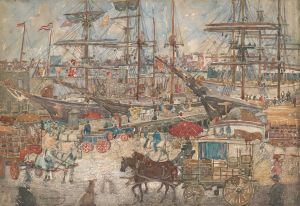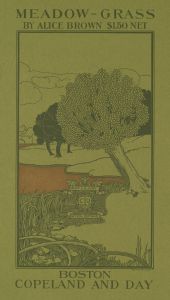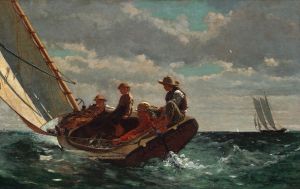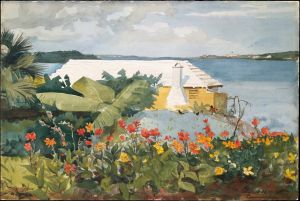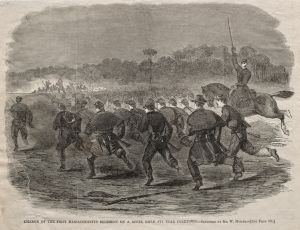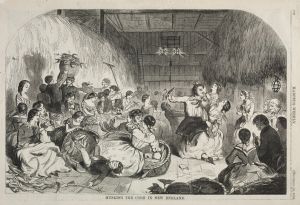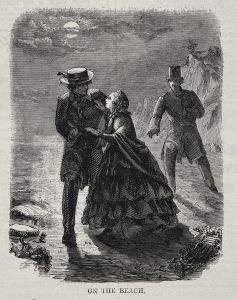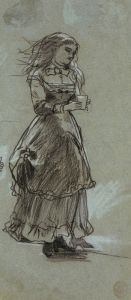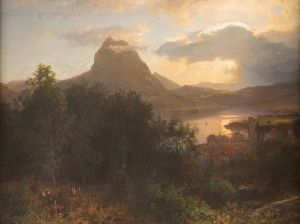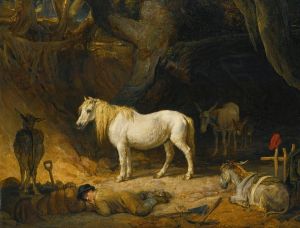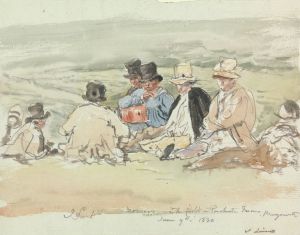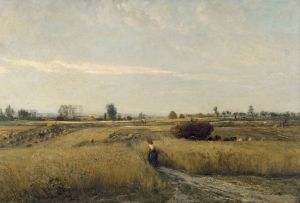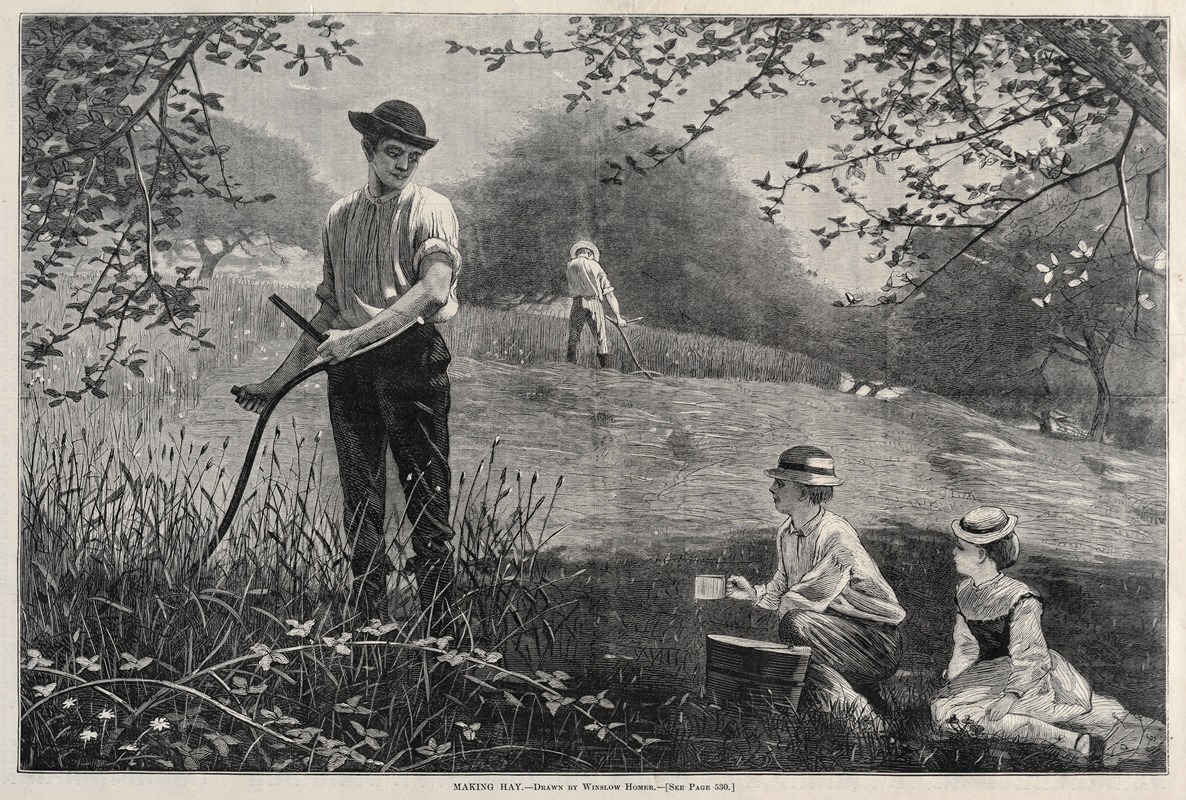
Making Hay
A hand-painted replica of Winslow Homer’s masterpiece Making Hay, meticulously crafted by professional artists to capture the true essence of the original. Each piece is created with museum-quality canvas and rare mineral pigments, carefully painted by experienced artists with delicate brushstrokes and rich, layered colors to perfectly recreate the texture of the original artwork. Unlike machine-printed reproductions, this hand-painted version brings the painting to life, infused with the artist’s emotions and skill in every stroke. Whether for personal collection or home decoration, it instantly elevates the artistic atmosphere of any space.
"Making Hay" is a watercolor painting by the American artist Winslow Homer, created in 1872. Homer, known for his mastery of both oil and watercolor mediums, was a prominent figure in 19th-century American art. His works often depicted scenes of rural life, the sea, and the American landscape, capturing the essence of everyday experiences with a sense of realism and emotional depth.
This particular painting, "Making Hay," portrays a rural scene of haymaking, a common agricultural activity during the 19th century. The artwork features figures engaged in the labor-intensive process of cutting, gathering, and stacking hay, an essential task for farming communities. Homer's depiction of this activity reflects his interest in the lives of ordinary people and his ability to convey the dignity of work.
The watercolor medium allowed Homer to achieve a sense of immediacy and spontaneity in his work. His use of light and color in "Making Hay" demonstrates his skill in capturing the atmosphere of a sunny day in the countryside. The painting is characterized by its loose brushwork and attention to detail, which bring the scene to life while maintaining a sense of simplicity.
"Making Hay" was created during a period when Homer was transitioning from his earlier career as an illustrator to becoming a full-time painter. This phase of his career was marked by his growing interest in rural themes and his exploration of watercolor as a primary medium. The painting reflects his ability to observe and document the world around him with precision and sensitivity.
As with many of Homer's works, "Making Hay" provides insight into the social and cultural context of the time. It highlights the importance of agriculture in 19th-century America and the connection between people and the land. The painting also exemplifies Homer's broader artistic approach, which often combined realism with a subtle sense of narrative.
Today, Winslow Homer is celebrated as one of America's greatest artists, and his watercolors, including "Making Hay," are highly regarded for their technical brilliance and evocative qualities. The painting is part of a larger body of work that continues to be studied and admired for its contribution to American art history.





